Home for Spring!
March 14
Its nearing spring time! I can only say that because I’m in New England this year. Back in California we would be well into spring at this point. Here, there is snow on the ground and I was celebrating temperatures in the 40s today.
With less warmth in the year I need to be smarter about what I am doing and where, otherwise fall will be here and I won’t have seen everything I want to. That being said I was scouting some brooks today getting a lay of the land for stream salamanders. Didn’t expect to see anything today so I was ecstatic to see some movement in the water.
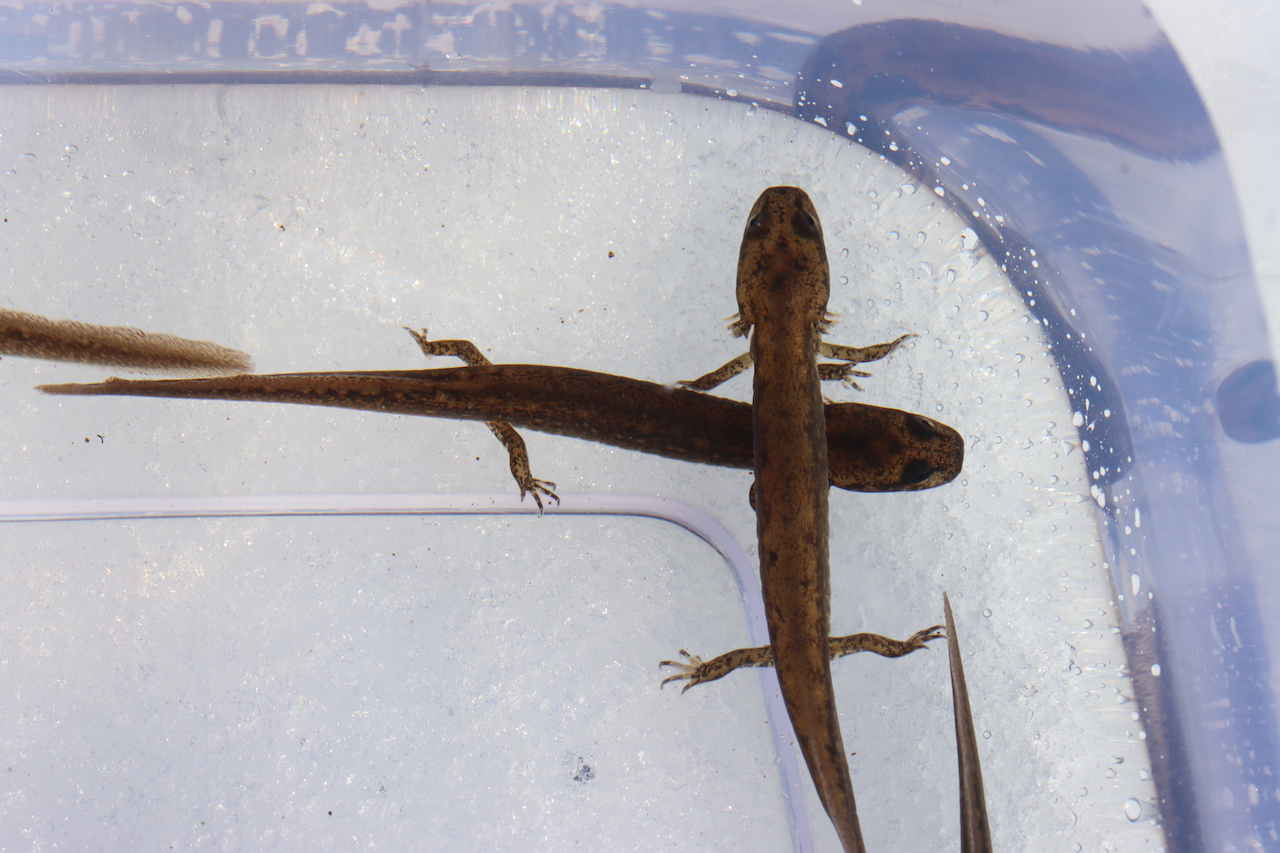
A juvenile salamander! Always fun to see. I love to see their external gills and flat tails which propel them more efficiently in water. The hard part was trying to differentiate them from Northern Dusky juveniles.
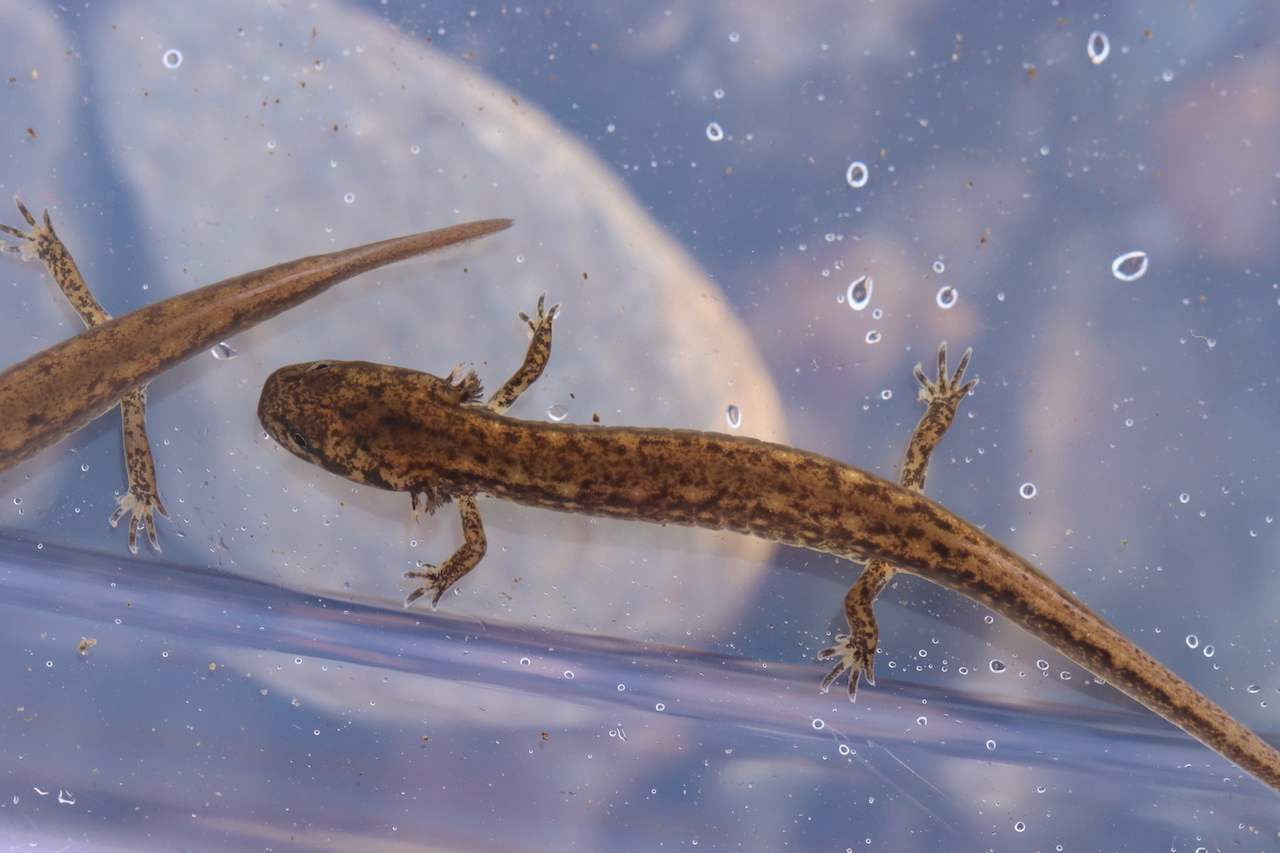
I concluded that they are two-lined salamanders as duskies have larger hind legs and juveniles are supposed to have a white mark between their eye and mouth.
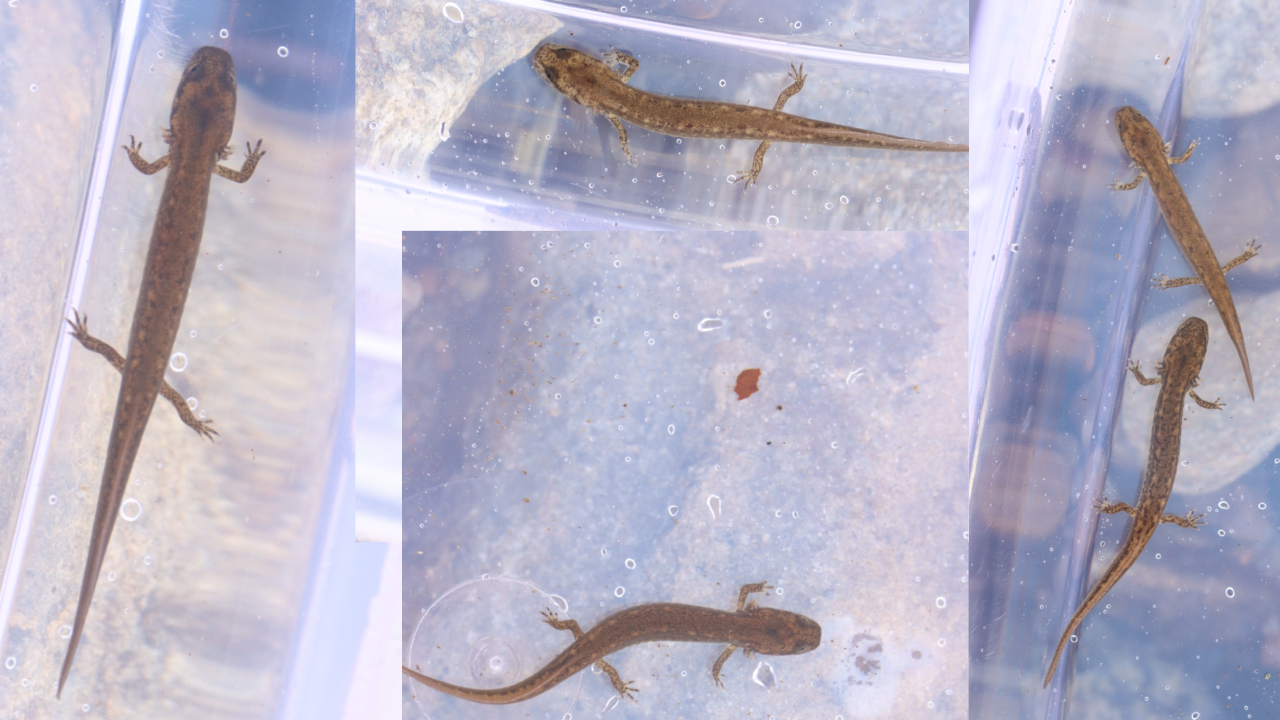
All five seen today have slight variations in dots/patterns and coloration on their back.
March 16
Came across a few red-backed salamanders in my yard, recognized it as the perfect opportunity to practice focus stacking. Using helicon focus, this is my progress. The first photo is a single photo not stacked. It is also the first photo of my stack.
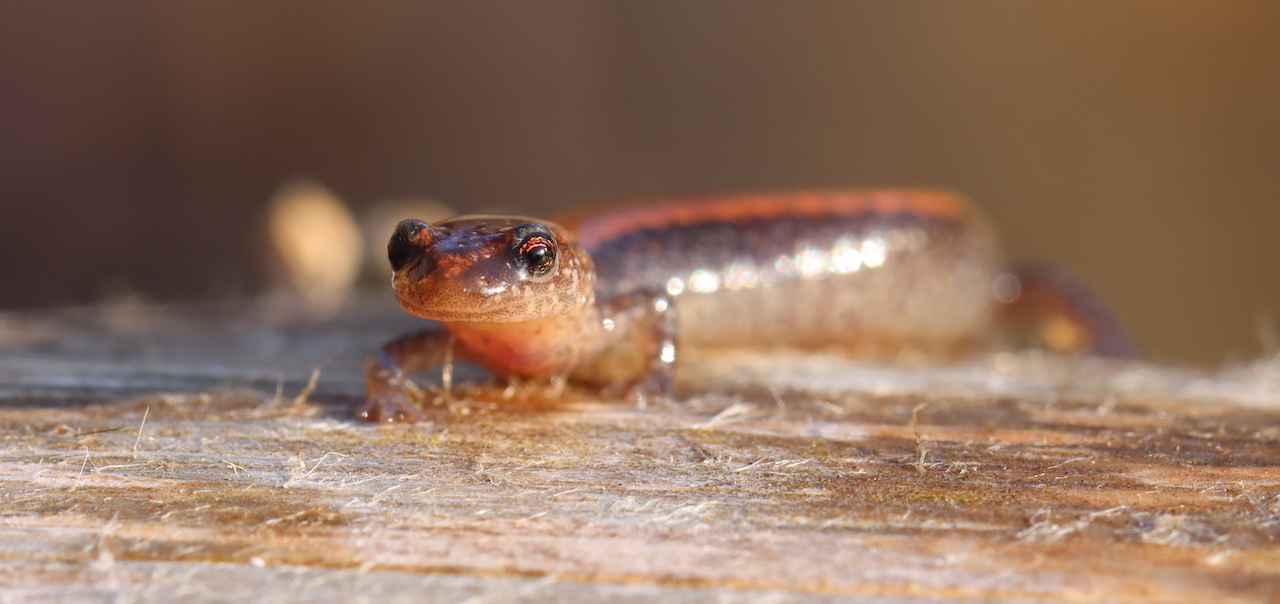
This is the result of all images taken of the salamander. It is on a log in front of a stream.
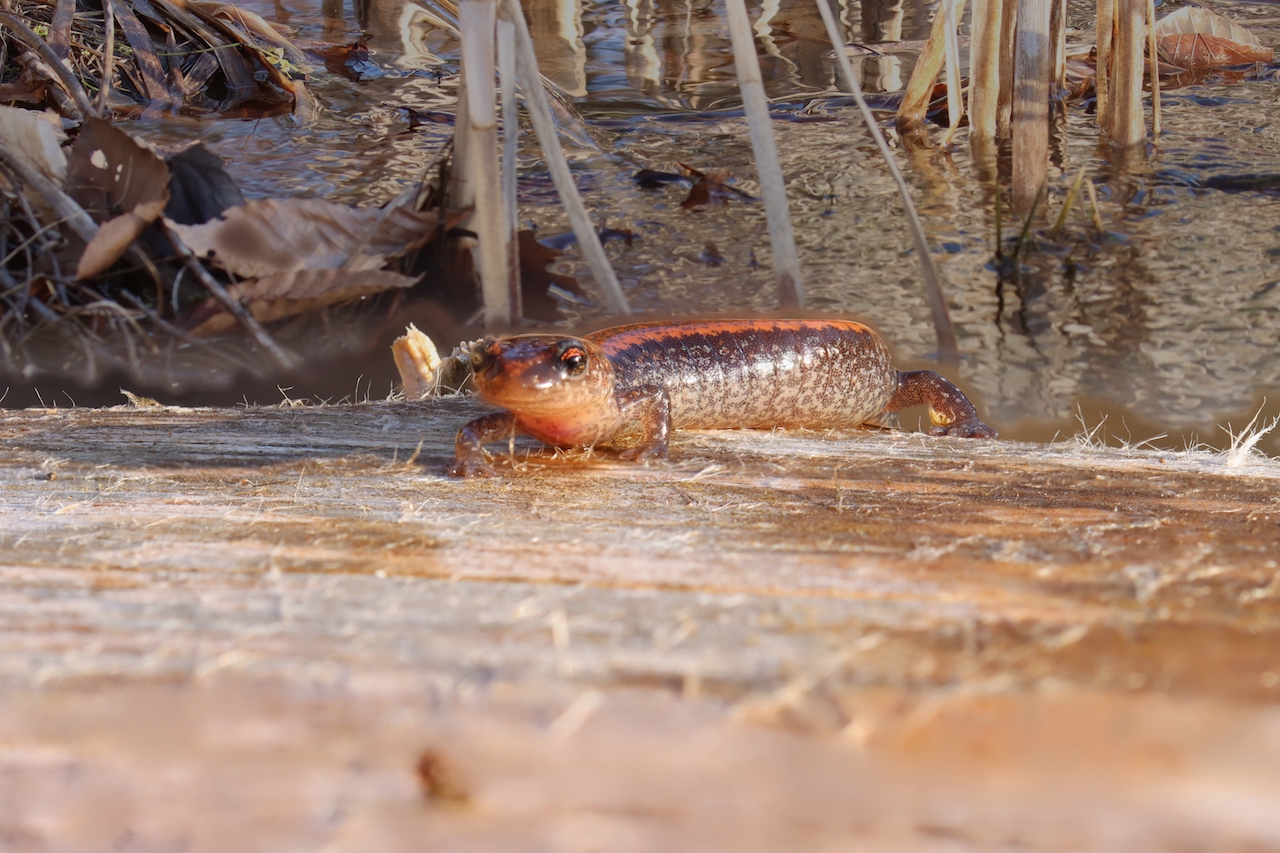
I had a series of blurry images that are the focus points between the log and the stream. I removed them for the following stack.
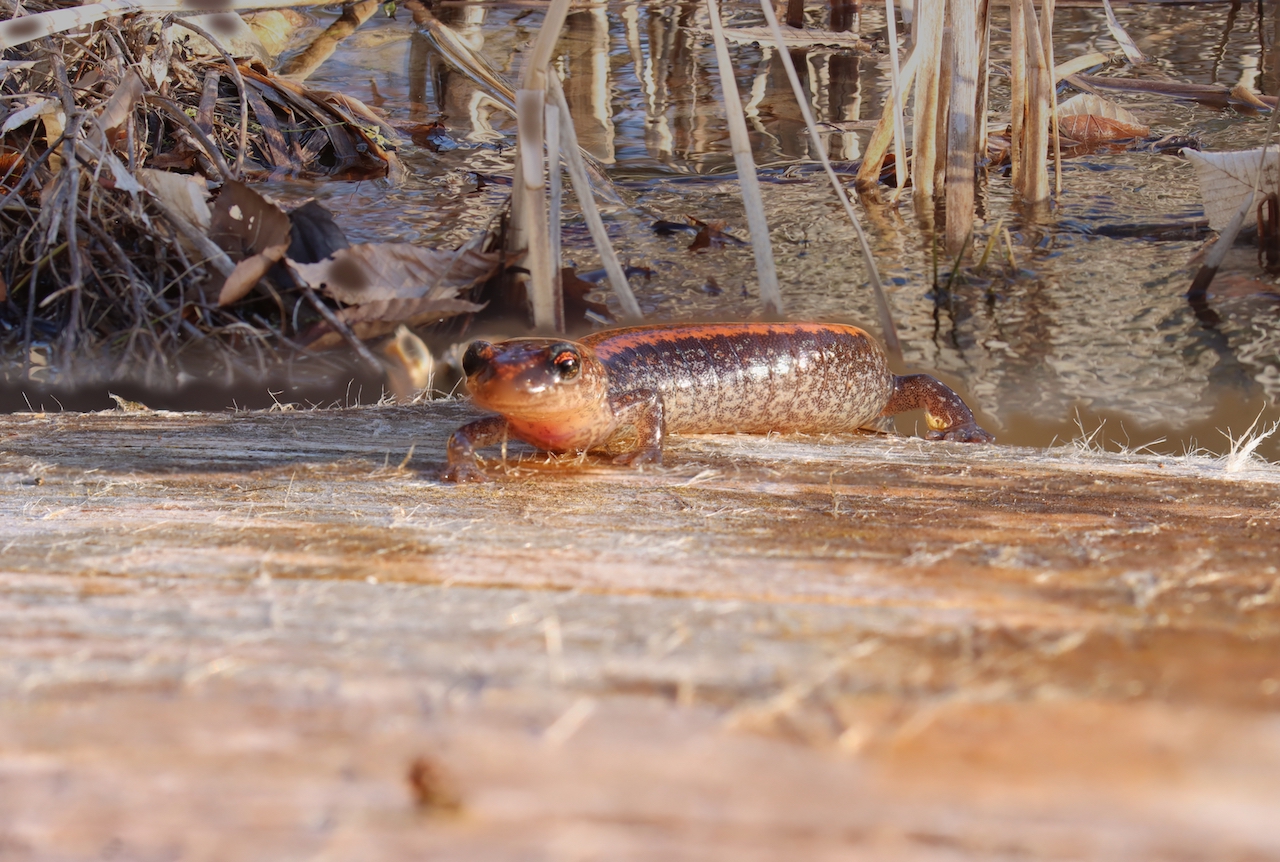
I decided that to have the background in focus takes away from the salamander so I remove the background.
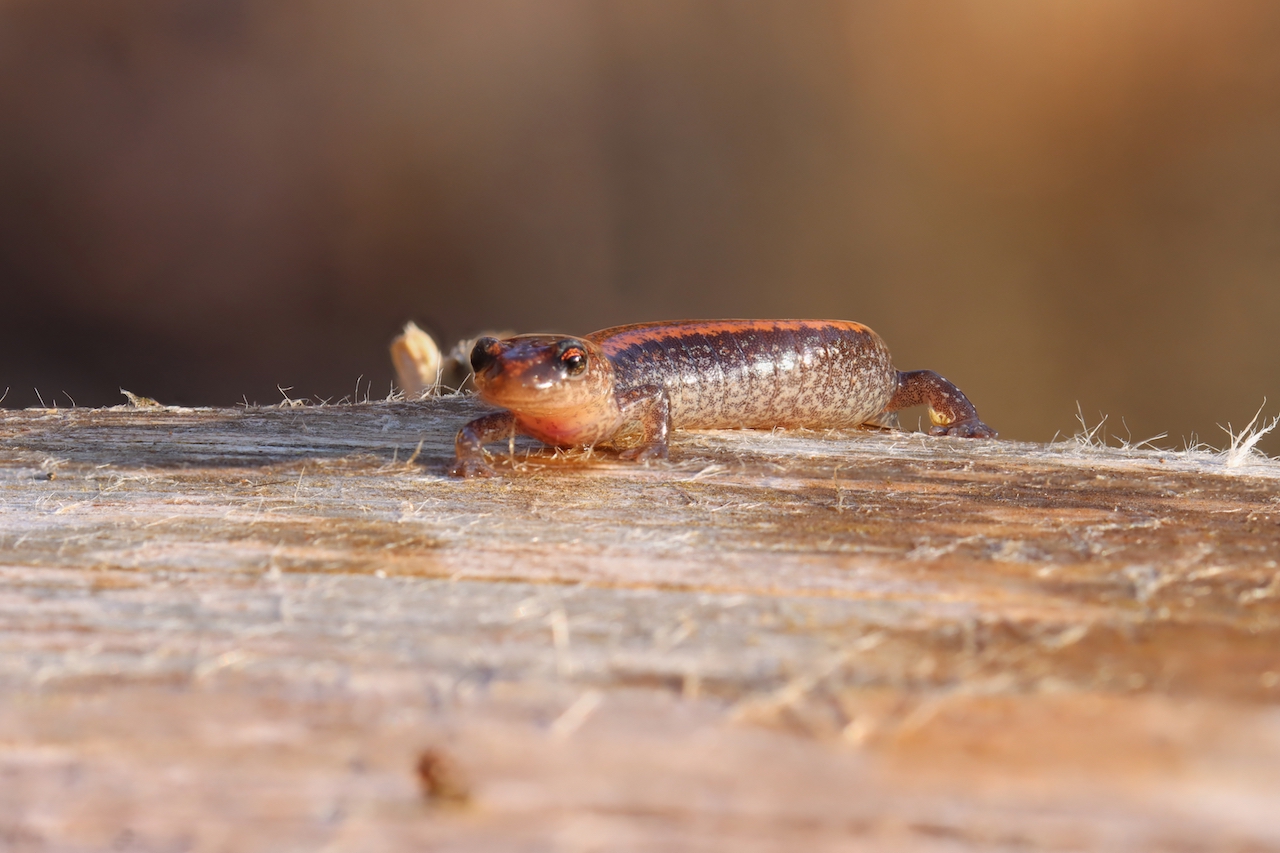
I noticed that the program decided the left eye is in focus in the second photo, even though it isn’t, so I removed that photo from the series to get a sharper face.
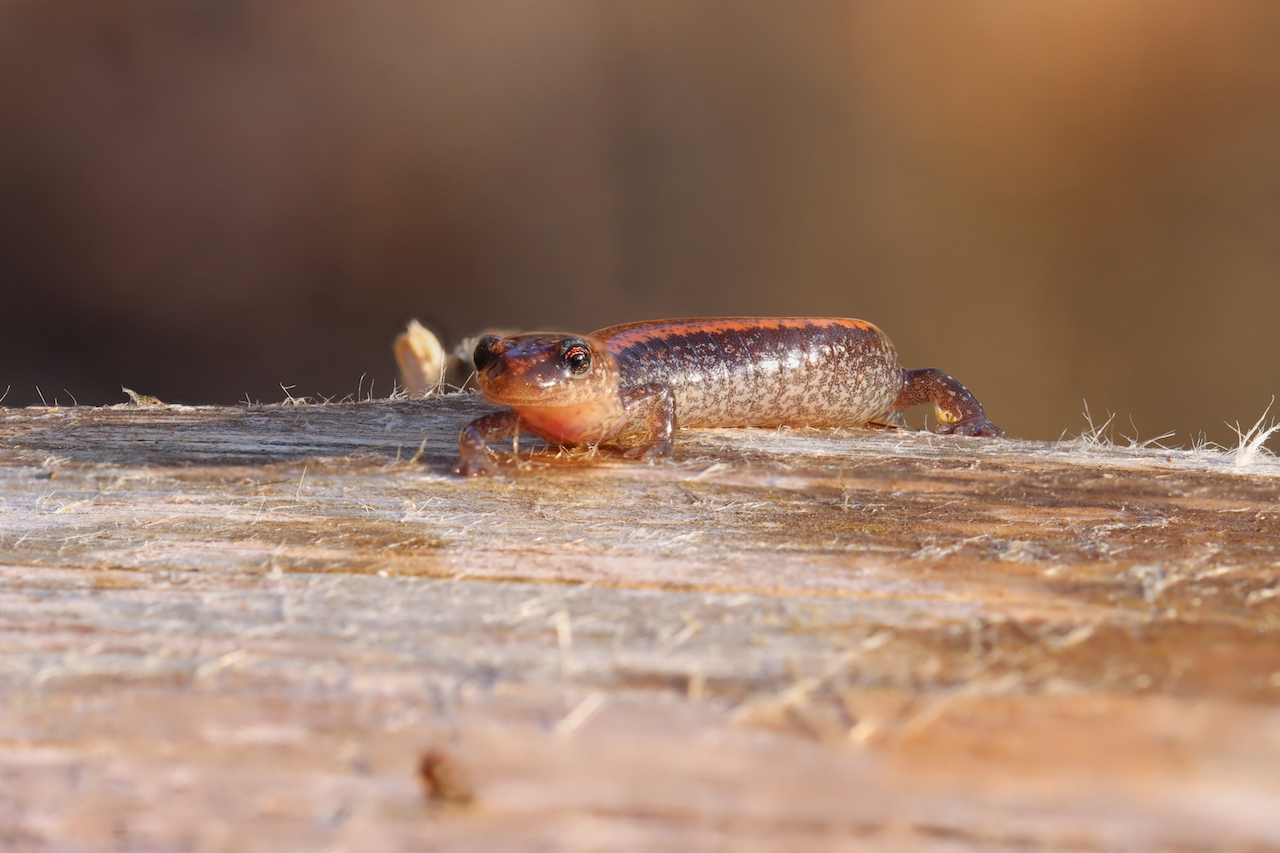
It is impressive to see how focus does indeed draw our eye. With everything in focus it takes away from the salamander as being the focal point of the shot. It lets it disappear into the scene a little too much. I would need to play with lighting to maybe darken the background and let the light difference draw the eye to the target. Otherwise, I like having the full body in focus. Without it, you wouldn’t notice that this is one thick red-back. Are they gravid this early in spring? The Virginia Herpetological Society states on their website that mating can start in the fall and carry into the early spring. The earliest they have seen eggs is in April so it is not out of the realm of possibilites for this to be a gravid female.
March 24
The migration has started! I observed a road crossing on the 19th and saw spotted salamanders, blue spotted salamanders, four toed salamanders, eastern newts, and red backed salamanders. Frogs were out in force too!
Later I continued my stream exploration. Nearby, I found a seepage entering the stream and came across some Northern Dusky Salamadners. Only the second time I have come across them in Vermont and the first time I have photographed them.
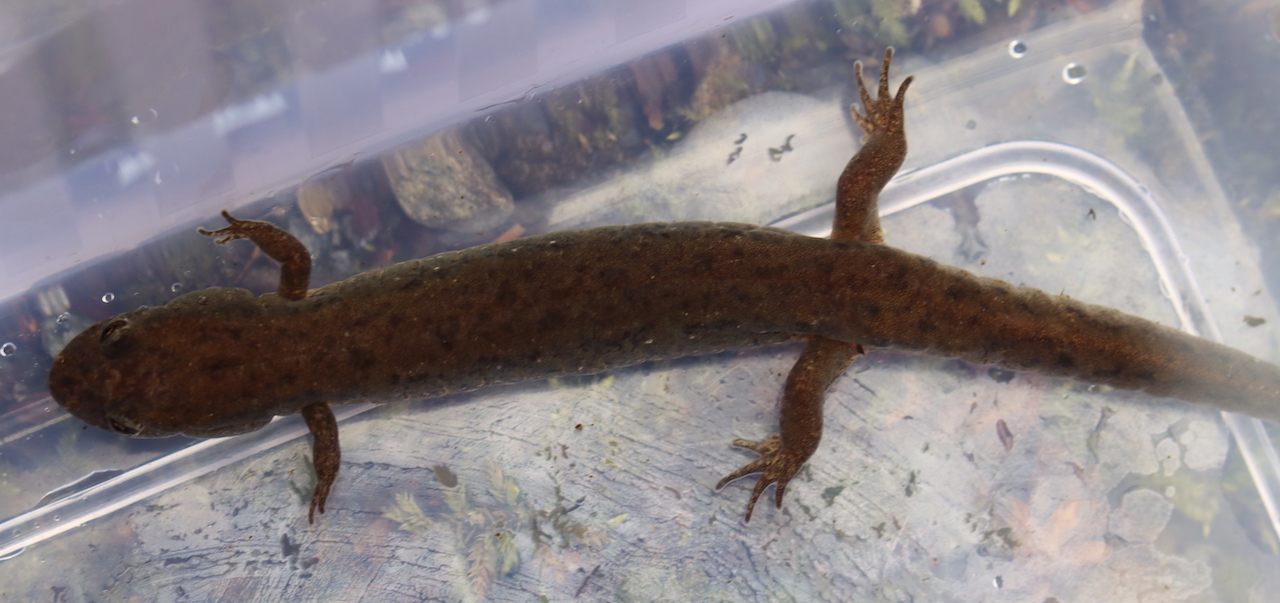
Still have some work to do on in water photos.